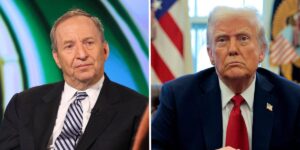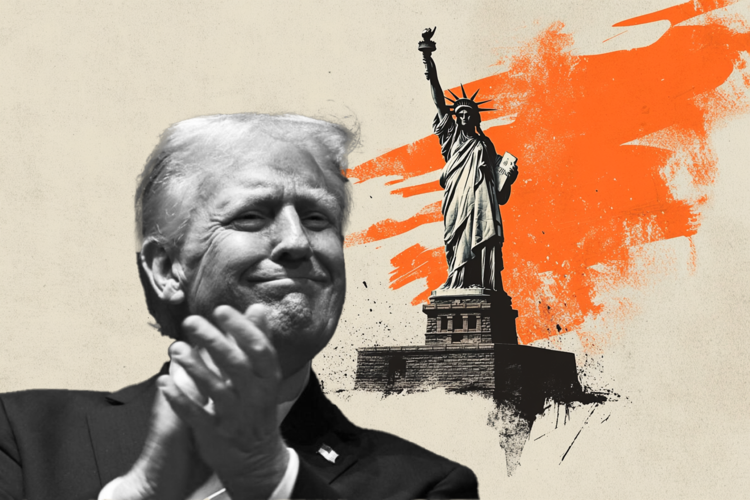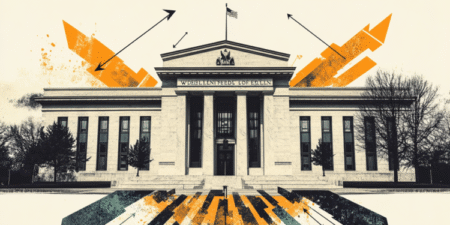Recently, US President Donald Trump said at a press conference that his discussions with China are going well, adding that he thinks they will reach a deal. He said that tariffs on China would not be as high as 145%, but they wouldn’t be zero.
Trump added that he had no intention of firing Fed Chair Jerome Powell, despite being frustrated with the high interest rates. He said “The press runs away with things. No, I have no intention of firing him. I would like to see him be a little more active in terms of his idea to lower interest rates.”
Market’s reaction to headline
The US Dollar Index (DXY) had erased Monday’s losses with the DXY reaching 99.30, up by over 1%. A breach of 99.50 could pave the way for a rally to recover the 100.00 figure. If cleared, the next key resistance would be 100.27 the April 15 peak ahead of the 101.00 mark.
US-China Trade War FAQs
Generally speaking, a trade war is an economic conflict between two or more countries due to extreme protectionism on one end. It implies the creation of trade barriers, such as tariffs, which result in counter-barriers, escalating import costs, and hence the cost of living.
An economic conflict between the United States (US) and China began early in 2018, when President Donald Trump set trade barriers on China, claiming unfair commercial practices and intellectual property theft from the Asian giant. China took retaliatory action, imposing tariffs on multiple US goods, such as automobiles and soybeans. Tensions escalated until the two countries signed the US-China Phase One trade deal in January 2020. The agreement required structural reforms and other changes to China’s economic and trade regime and pretended to restore stability and trust between the two nations. However, the Coronavirus pandemic took the focus out of the conflict. Yet, it is worth mentioning that President Joe Biden, who took office after Trump, kept tariffs in place and even added some additional levies.
The return of Donald Trump to the White House as the 47th US President has sparked a fresh wave of tensions between the two countries. During the 2024 election campaign, Trump pledged to impose 60% tariffs on China once he returned to office, which he did on January 20, 2025. With Trump back, the US-China trade war is meant to resume where it was left, with tit-for-tat policies affecting the global economic landscape amid disruptions in global supply chains, resulting in a reduction in spending, particularly investment, and directly feeding into the Consumer Price Index inflation.
Read the full article here
















